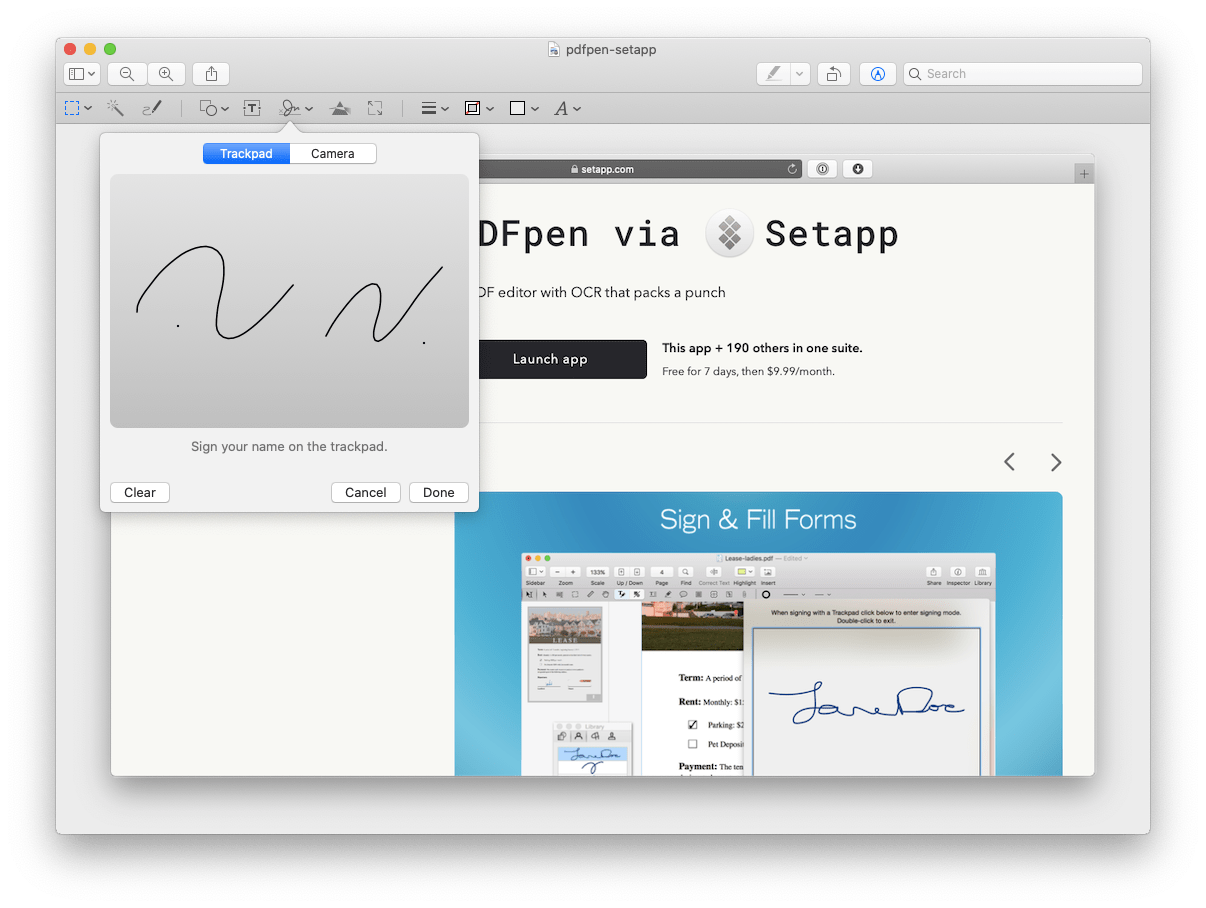

Beyond the web, his work has appeared in the print edition of The New York Times (September 9, 2019) and in PCWorld's print magazines, specifically in the August 2013 and July 2013 editions, where his story was on the cover. With over a decade of writing experience in the field of technology, Chris has written for a variety of publications including The New York Times, Reader's Digest, IDG's PCWorld, Digital Trends, and MakeUseOf. Chris has personally written over 2,000 articles that have been read more than one billion times-and that's just here at How-To Geek. For many businesses, simply accepting signed documents by email rather than forcing you to fax them is a huge technological leap.Ĭhris Hoffman is the former Editor-in-Chief of How-To Geek. Send them a PDF file with a digital signature and they won't know what to make of it. You can do it with all kinds of apps, and it's what most people will require when they send you a document to sign. It's very secure, but also complicated.Īn electronic signature, on the other hand, is merely an image of your signature overlaid on top of a PDF document. A digital signature is cryptographically secure and verifies that someone with your private signing key (in other words, you) has seen the document and authorized it. This article deals with electronic signatures, not digital signatures, which are something else entirely. Electronic Signatures, Not Digital Signaturesįirst, let's straighten out some terminology.
#CREATE A PDF SIGNATURE ONLINE HOW TO#
We'll show you how to quickly add your signature to any PDF document, saving it as a standard PDF file that can be read anywhere. You can do this on Windows, Mac, iPad, iPhone, Android, Chrome OS, Linux-whatever platform you prefer. You could print out the document, sign it, and then scan it back in and email it.

You've been emailed a document, and you have to sign it and send it back.


 0 kommentar(er)
0 kommentar(er)
